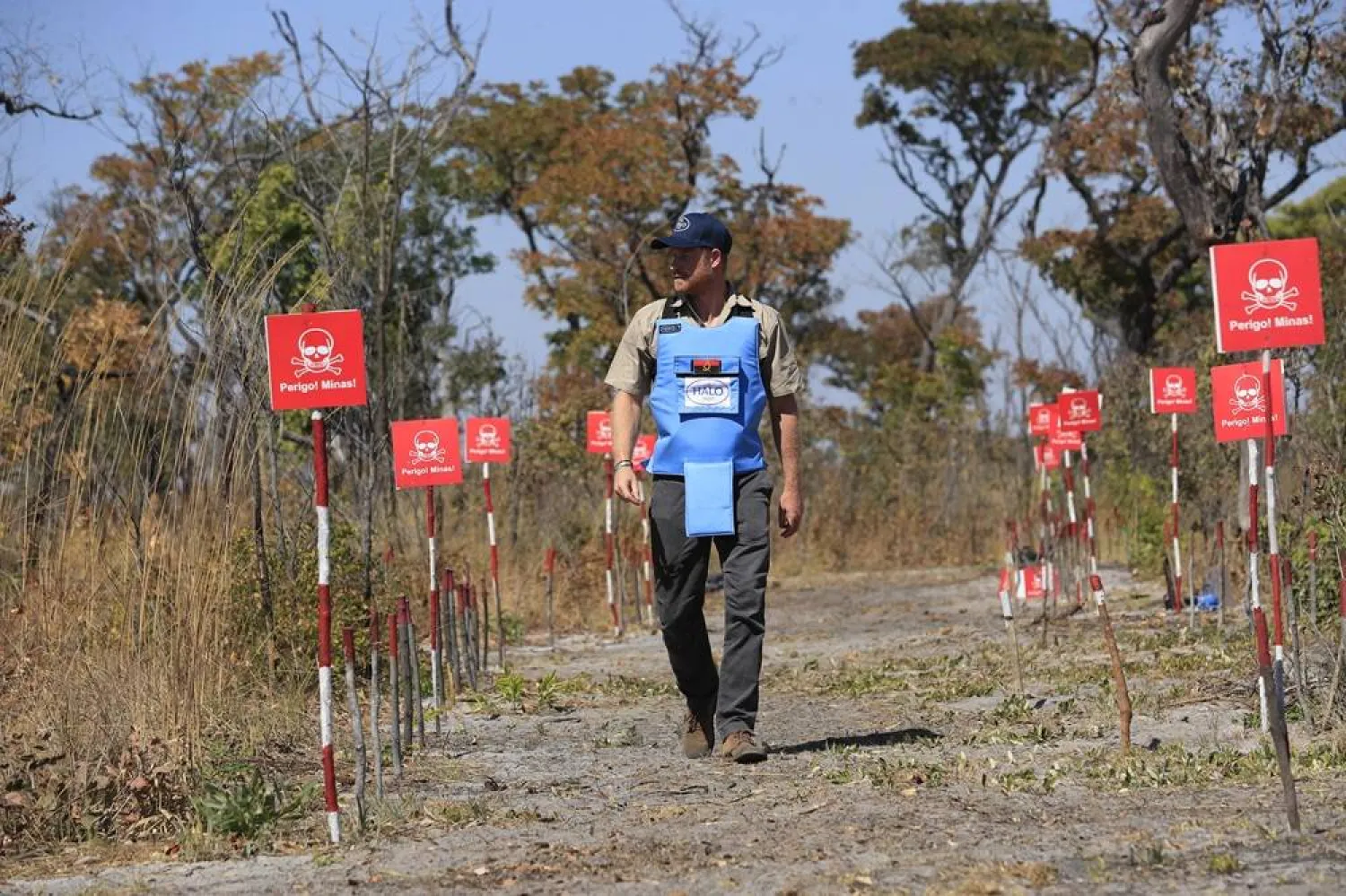Saudi Arabia, for the last two days, has witnessed a sharp decrease in temperature with a cold front affecting the Kingdom's north and center.
Temperatures dropped below 0 degrees Celsius in some parts, with the Saudi meteorology office urging residents to keep warm and avoid venturing to isolated regions.
The General Authority of Meteorology and Environment Protection also forecasted heavy rain and thunderstorms over Tabuk, Hail, Al-Jawf and east of Madinah.
In western regions of the Kingdom, temperatures remained moderate with weak chances of intermittent rain over parts of the northern border.
Parts of Saudi Arabia were blanketed by snow on Friday, especially in the northwestern regions, such as the Dahr Mountains.
Weather expert Khaled al-Zaaq confirmed that the cold weather hit its climax on Sunday and temperatures will gradually become warmer.
He, nevertheless, said that the effects of the cold front will continue until the end of the week.







